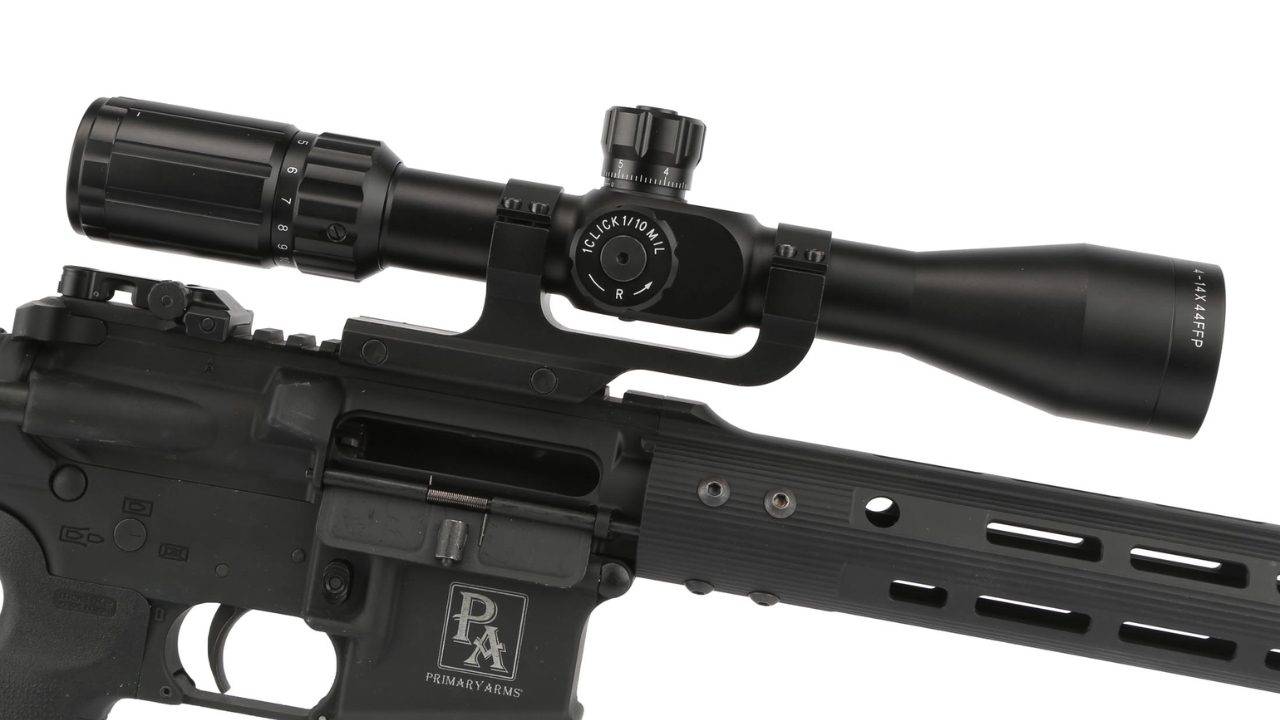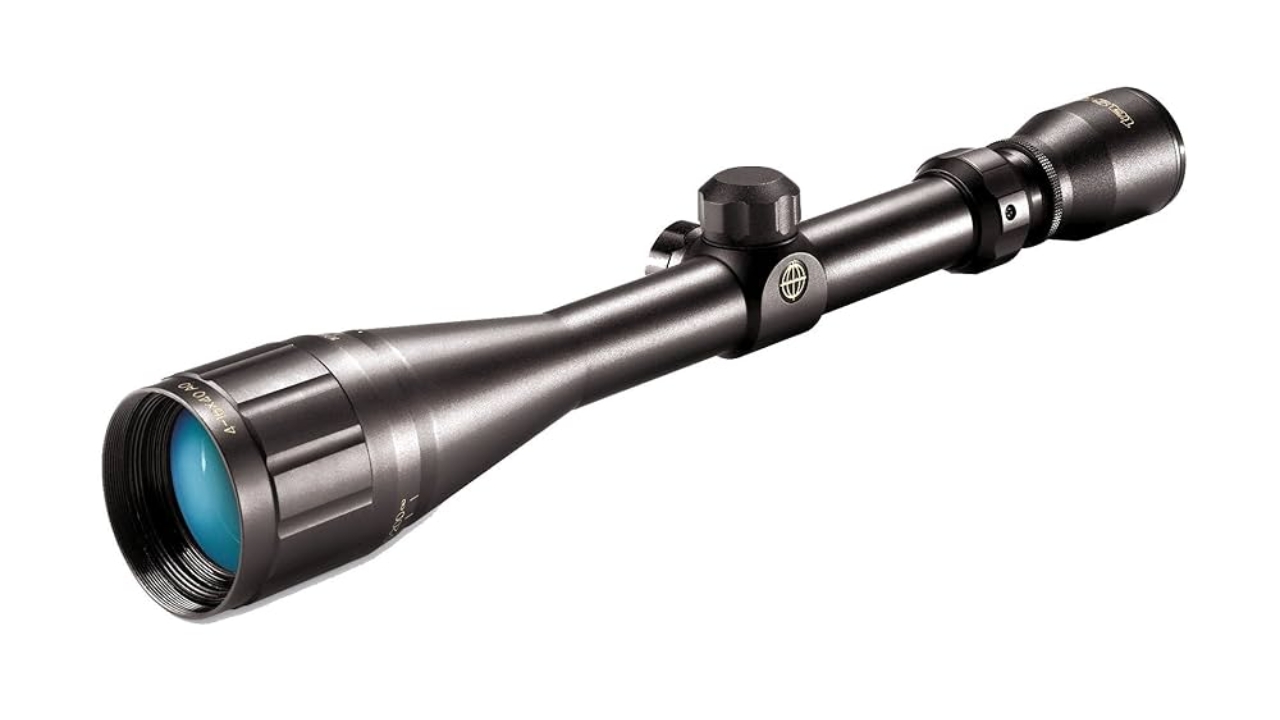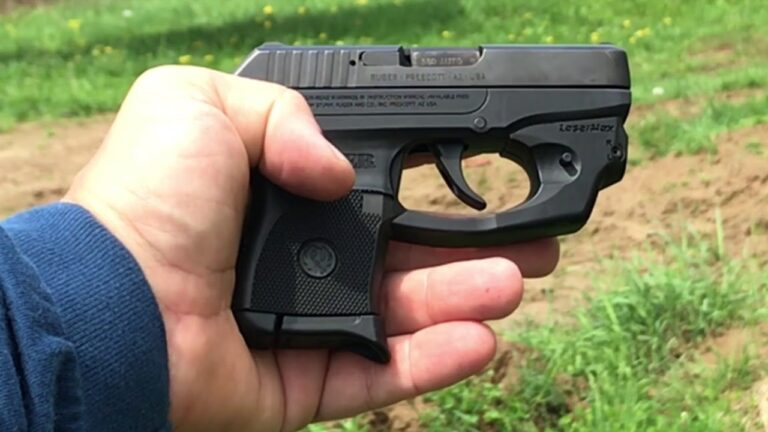Elk country is unforgiving. Between the steep climbs, unpredictable weather, and bone-rattling recoil of magnum rifles, your scope takes just as much punishment as you do. The problem is, many hunters head west with glass that looks great in the catalog but can’t hold zero when the mountain gets mean. Some fog up. Some lose clarity when the light fades. And some plain fall apart after a week of bouncing around in the back of a side-by-side. A good scope makes you confident when that bull steps out at 400 yards. A bad one makes you doubt every click, every adjustment, every shot. These are the scopes that promise performance but leave you wishing you’d spent your money somewhere else.
Nikon ProStaff 5

The Nikon ProStaff 5 looked like a home run when it hit the shelves—bright image, slick turrets, affordable price. But elk country exposes every weakness a budget scope has. The glass isn’t bad for the money, but it washes out fast in low light. That means when the bull finally appears at dusk, you’re staring at shadows.
The turrets can also lose zero under recoil from big magnums like .300 Win Mag or .338 Win Mag. Add in the fact that Nikon stopped producing rifle scopes altogether, and you’re left with no warranty support or replacement parts. In fair weather, it’s fine for whitetails. In elk country, it’s one bump away from throwing your shot off by six inches.
Bushnell Trophy XLT

The Bushnell Trophy XLT sells on toughness and affordability, but in the Rockies, neither claim holds up. The scope tends to fog internally in sudden temperature swings—like stepping from a warm truck into 10-degree mountain air. Once that happens, you’re done for the day.
Tracking is another sore spot. The turrets don’t return to zero consistently, so dialing for longer shots becomes a gamble. You might hit your mark once, then miss high the next time by a full MOA. For light-recoil rifles at lower altitudes, it’s passable. But elk rifles and unpredictable weather make it a liability. It’s a scope that sounds ready for the mountains but rarely survives them.
Leupold VX-Freedom

Leupold makes excellent glass, but the VX-Freedom isn’t one of their mountain-tough options. It’s light and affordable, which makes it tempting for new elk hunters, but it’s built more for flatland deer seasons than the Rockies. The adjustments can wander after repeated recoil, especially on magnums, and the edge clarity drops noticeably in low light.
Many hunters report success with the VX-Freedom on .308s or .270s back home, but that changes at altitude where every shot counts. The glass fogs easier than Leupold’s higher-end lines, and the windage dial has a reputation for being overly sensitive. It’s not a bad scope—it’s just not one you’ll trust when the air thins and the wind shifts.
Simmons Whitetail Classic

The name says it all—this scope was built for whitetails, not wilderness. The Simmons Whitetail Classic looks rugged with its matte finish and oversized knobs, but its internal components tell a different story. Elk rifles produce recoil that will knock this optic off zero within a few magazines.
Clarity and brightness fall apart beyond 250 yards, especially in cloudy or shaded conditions. The coatings simply can’t compete with modern glass. You might get by on a calm, dry morning, but add moisture or cold, and the internals start showing fogging and lens separation. It’s one of those scopes you’ll carry once into elk country—and never again.
Vortex Crossfire II

Vortex has built a strong reputation, but the Crossfire II line is where that reputation gets shaky. It’s fine for casual hunting or range work, but when you haul it into high country, its weaknesses show fast. The adjustments are mushy, and the eye relief is inconsistent—something that’ll leave you with a nice crescent-shaped bruise after a magnum shot.
In freezing or wet conditions, it’s also prone to internal fogging despite being advertised as sealed. The glass is serviceable, but at dawn and dusk, contrast drops enough that you’ll struggle to pick out antler from shadow. For a backup rifle, sure—it works. But as your main elk optic, it’ll cost you opportunities.
Burris Fullfield II

The Burris Fullfield II has a loyal following because it’s affordable and American-made, but it’s showing its age. The glass is adequate in good light, yet struggles badly in dim conditions. The reticle can also blur under recoil or after a knock, which is never what you want when you’re looking through mist and timber.
Adjustments are often vague, with clicks that feel soft or inconsistent. The scope can hold zero under moderate use, but mountain hunts demand more than that. The Fullfield II isn’t a failure—it’s simply outmatched by the demands of high-altitude hunting. It’s built for hunters who shoot twice a season, not those hiking ten miles a day in shifting weather.
Redfield Revolution

The Redfield Revolution was an affordable classic that many hunters trusted for years, but it doesn’t hold up in modern elk country standards. Its coatings weren’t designed for constant exposure to moisture, and the scope’s internal sealing can fail after enough thermal cycling—exactly what happens when mornings start at 20°F and afternoons hit 60.
The adjustments can drift subtly, which is worse than an obvious failure because you won’t realize it until you miss. The scope’s light transmission is acceptable but nowhere near what you’ll want when the timber darkens. For short-range, low-recoil hunting, it’s fine. But serious elk country will expose its limits quickly.
Barska Huntmaster Pro

The Barska Huntmaster Pro is one of those “looks good online” scopes that crumble in the field. It’s marketed as shockproof and fogproof, but recoil from large-caliber rifles quickly proves otherwise. The glass is murky, the coatings are cheap, and the adjustments might as well be guesses.
Many hunters report zero shift after just a few range sessions, and the internal seals often fail under moisture or cold. Once condensation forms inside, the scope’s done. It’s tempting for budget-minded elk hunters trying to stretch their gear list, but it’s one of those purchases that’ll make you wish you’d saved another hundred bucks for something reliable.
Primary Arms SLx 4-14×44

Primary Arms scopes shine for the price in range settings, but elk country isn’t kind to them. The SLx 4-14×44 offers decent clarity and clever reticles, yet it’s not rugged enough for constant banging around in mountain conditions. It’s heavier than you’d think, and the turrets are known to shift slightly after repeated recoil.
In the high country, moisture and fine dust test every seal—and the SLx often comes up short. The tracking system, while accurate for range use, struggles with the repeated dialing elk hunting requires. You might trust it for coyotes or steel targets, but by day three of a backcountry hunt, you’ll be questioning every click.
Bushnell Engage

The Bushnell Engage has modern styling and clear optics—for the first few trips. But once it’s exposed to hard use, problems creep in. The elevation turret can lock up, and the reticle illumination often fails in cold weather. For an elk rifle that might see sleet, dust, and altitude, that’s a deal-breaker.
The coatings scratch easily, and edge distortion becomes noticeable at higher magnification. It’s an entry-level optic with decent range performance, but elk country demands repeatability under stress. The Engage rarely delivers that consistently. It’s one of those scopes that makes you confident at the range and disappointed in the field.
Tasco World Class

The Tasco World Class line has been around forever, and plenty of hunters have tried to make it work for big game. But when you pair one with a .300 magnum or a week of rough weather, the flaws become glaring. The lenses fog, the turrets stick, and the reticle can even rotate under recoil.
The clarity isn’t terrible at short range, but beyond 200 yards, it fades fast. Light transmission drops dramatically in low light, which is when most elk are moving. The World Class might have a nostalgic name, but it’s not built for modern hunting conditions. If you take one into elk country, expect to come back with stories—and no meat.
*This article was developed with AI-powered tools and has been carefully reviewed by our editors.






